up to the Abu Dhabi Autonomous Racing League

Ferrari denied Toyota victory at the 24 Hours of Le Mans for the second year in a row as Nicklas Nielsen performed an improbable final stint to win the World Endurance Championship showpiece by less than 15 seconds.
In a 2024 edition that featured multiple interventions – including extended safety car operation for more than four hours overnight as a deluge arrived – and where nine of the 23 Hypercar class entries finished on the lap leading, the battle for victory finally boiled over. until another Ferrari versus Toyota face-off.
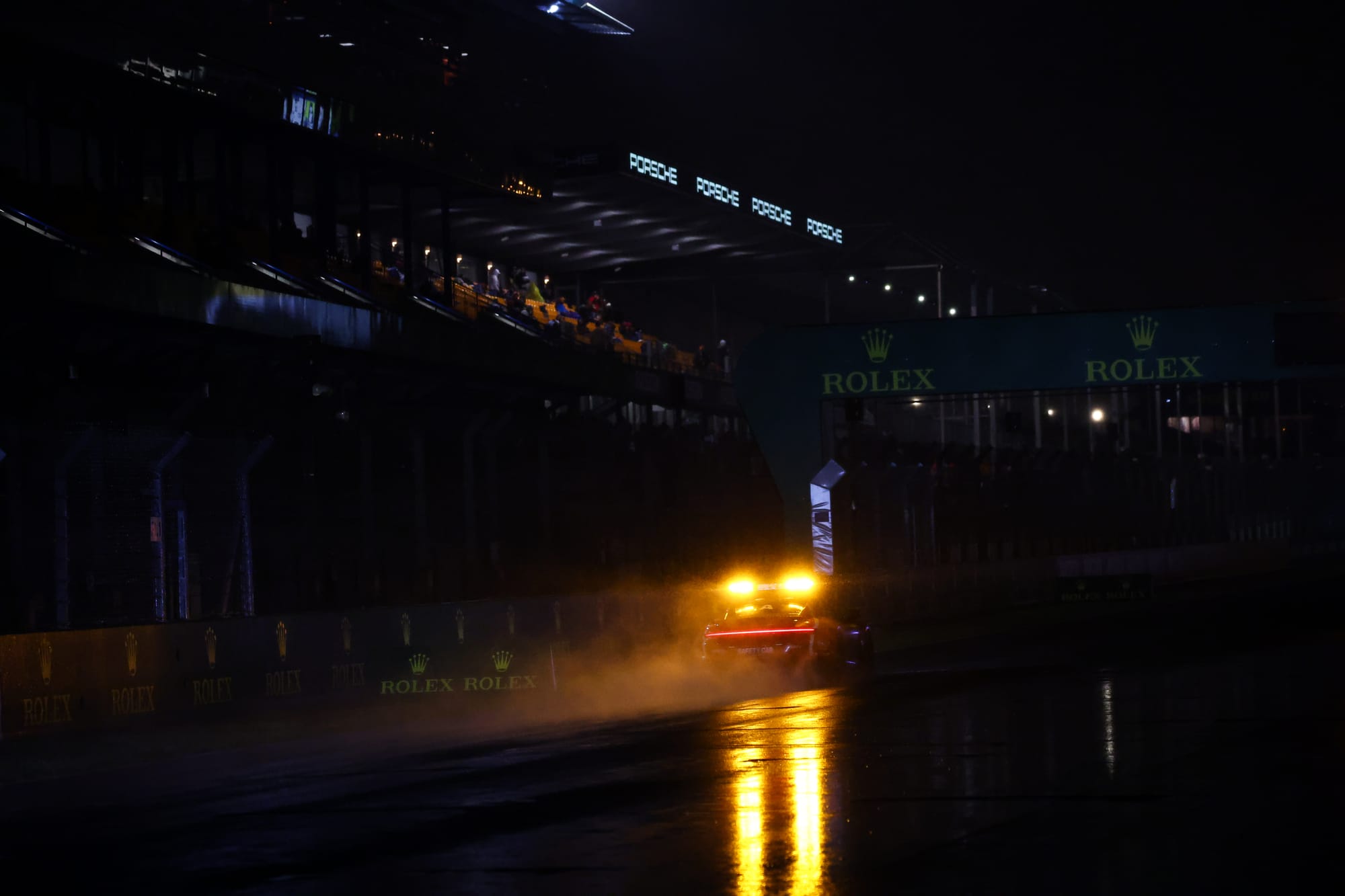
This was led by the #50 Ferrari – at strategic odds with the rest of the leaders – and the crew of the #7 Toyota who had encountered all sorts of problems while preparing for the race.
Toyota thought they had the upper hand in the latter stages of the race as Ferrari brought Nielsen in with 51 minutes to go, which should have necessitated a final visit to the pits.
This was a consequence of Ferrari having to bring Nielsen out of sequence in the final two hours when the right door of the #50 came loose.
The No. 7 Toyota, driven in the final stint by Jose Maria Lopez, came back from the lead for its final stop less than 10 minutes later and resumed just ahead of the No. 8 sister car knowing it was good to finish .

But Ferrari seemed confident in their ability to fight their way to the finish as Nielsen – who sounded particularly assertive on the radio, asking the team to “let me go with the flow” – mitigated his loss of time against the Toyotas which were pursuing them.
Toyota ultimately revised its deal and effectively conceded the fight with half an hour to go, telling Lopez – who lost 13 seconds on a single lap due to a power issue – over the radio that he didn’t think not that Ferrari needed to stop again and insisting its priority was “bringing home P2” while 30 years behind schedule.
Although that gap was cut in half in the final laps, Nielsen’s race to the finish line – amidst once again heavy rain – was straightforward and well managed as he, Antonio Fuoco and Miguel Molina took the victory a year after the sister No. 51 car won the race. on Ferrari’s return to Le Mans.
A RACE FOR THE AGES! The checkered flag falls on the 92nd 24 Hours of Le Mans.
#WEC #LeMans24 #Rolex pic.twitter.com/R0l0hVFsot
– FIA World Endurance Championship (@FIAWEC) June 16, 2024
It also deprived the No. 7 of an improbable victory from 23rd and last place among the Hypercar contenders at the start.
It was the consequence of Kamui Kobayashi’s spin that caused a red flag during qualifying, for which his lap – the one that would have been good enough for the Hyperpole session – was deleted.
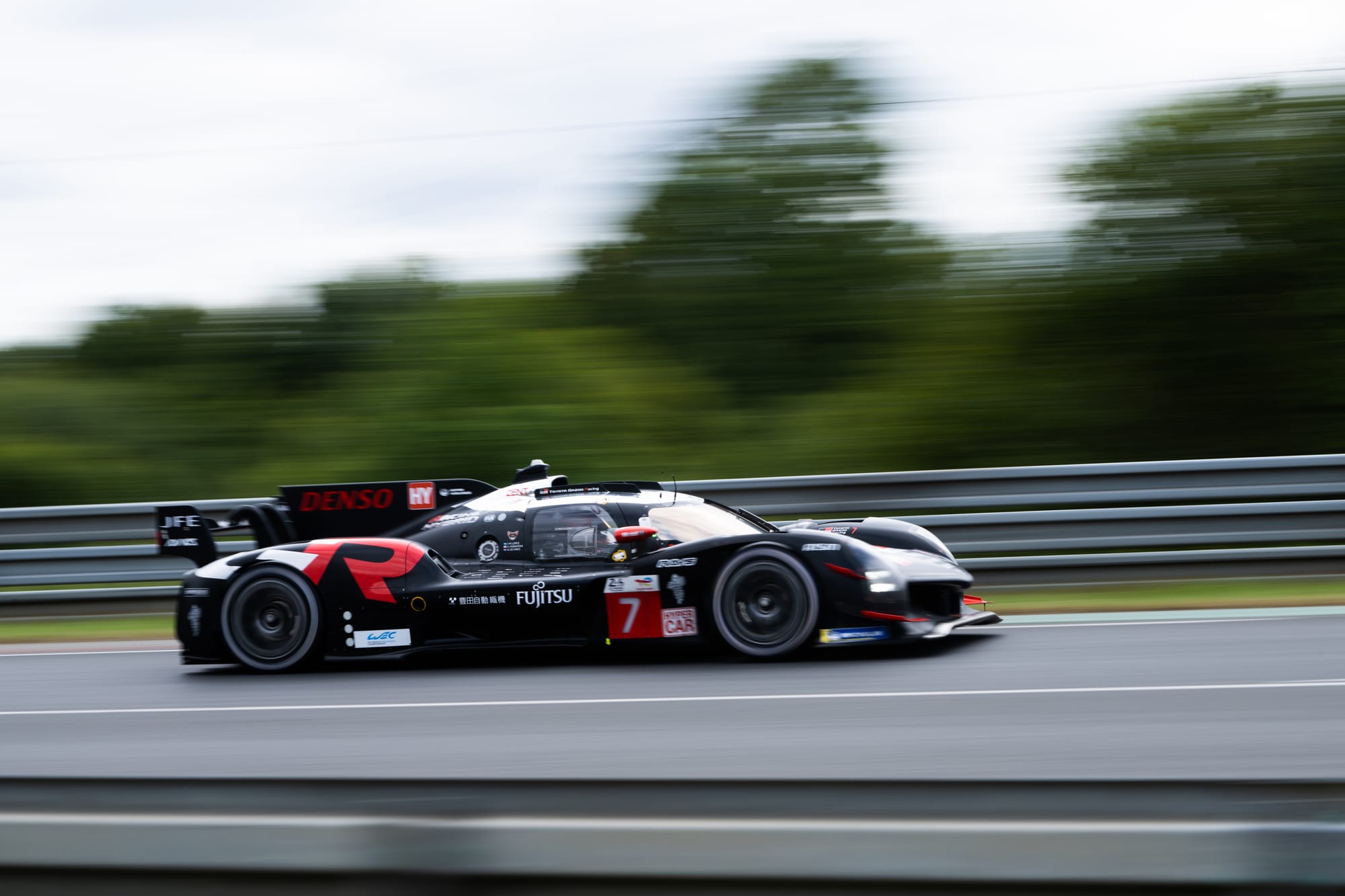
Lopez was also a late call-up to join Kobayashi and Nyck de Vries after regular rider Mike Conway fractured his ribs and collarbone in a cycling accident.
Ferrar was left with two cars on the podium, with last year’s winning No. 51 crew of Alessandro Pier Guidi, Antonio Giovinazzi and James Calado depriving the pole-sitting No. 6 Porsche of third place. a mere second on the finish line.
And this despite a five-second penalty imposed on the No. 51 during its last stop for having spun with the No. 8 Toyota two hours from the end.
The second Toyota was sixth after this contact and fifth at the finish – Sébastien Buemi having briefly been allowed to get ahead of Lopez before his final stop – and separated the #6 Porsche 963 from its sister car #5, the #5 Cadillac 2 being seventh with IndyCar champion Alex Palou driving at the finish.
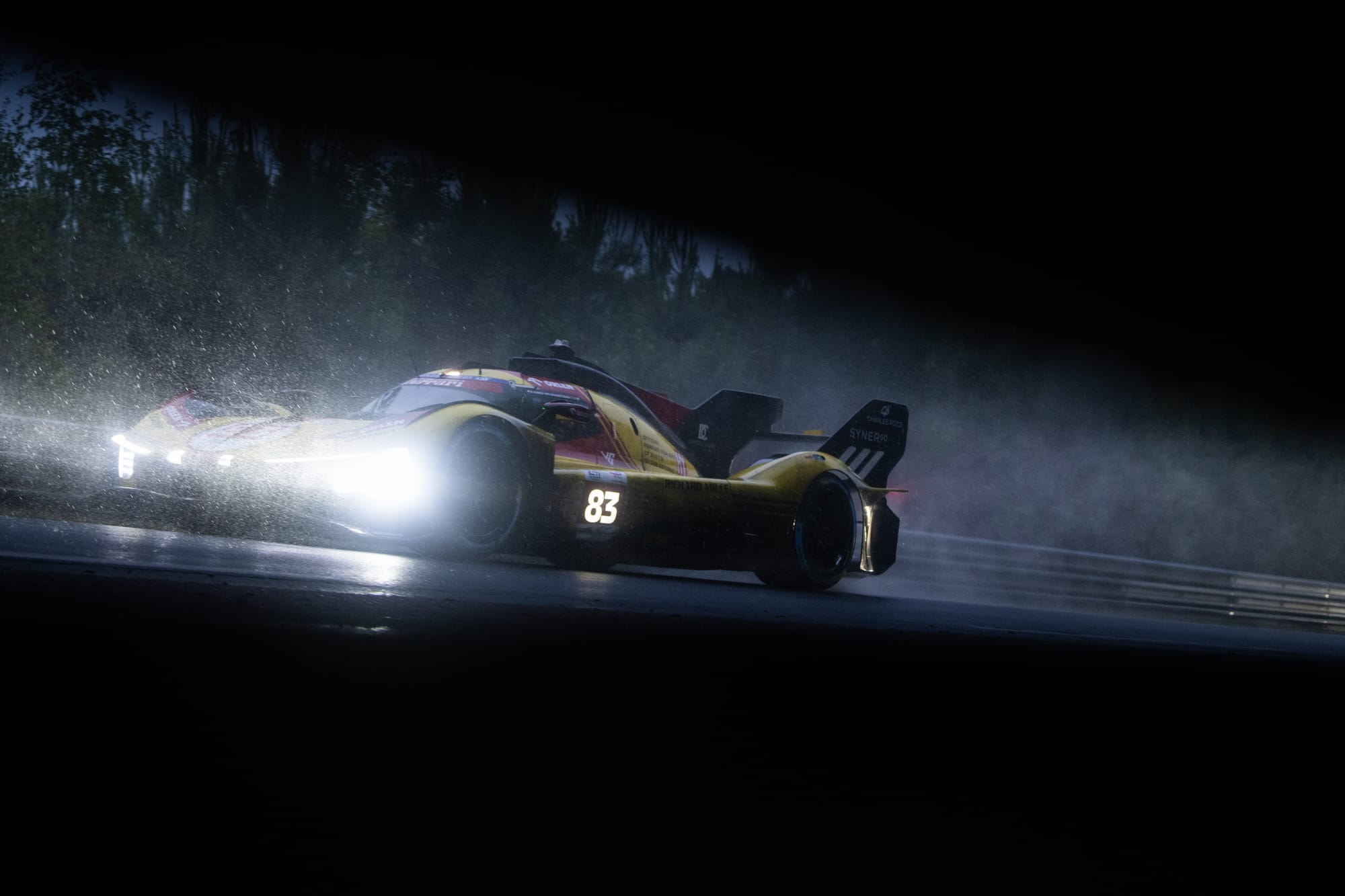
The No. 50 and No. 51 factory Ferraris took over the victory against the No. 83 customer car which led much of the early stages.
What was an eventful race for the AF Corse team ultimately ended prematurely with smoke billowing from its brakes as Robert Shwartzman was fourth. It was one of six Hypercar cars that failed to reach the finish.
SAFETY CAR DEPLOYED
Contact between the #83 Ferrari and the #15 BMW! #LeMans24 #WEC pic.twitter.com/y0MHvinmUi
– 24 Hours of Le Mans (@24hoursoflemans) June 15, 2024
This car had already received a 30-second penalty when Robert Kubica – who, at the start of the race, had moved from 12th place to the lead – collided with the BMW of Dries Vanthoor, a huge impact which eliminated this car on the spot, while the winner of the Formula 1 Grand Prix was in the lead.
BMW managed to bring a car to the finish, but the sister No. 20 M Hybrid V8, which Robin Frijns crashed in the second hour of the race, was severely delayed and completed only 96 laps. It was the last classified car still in contention under the checkered flag in 47th position.
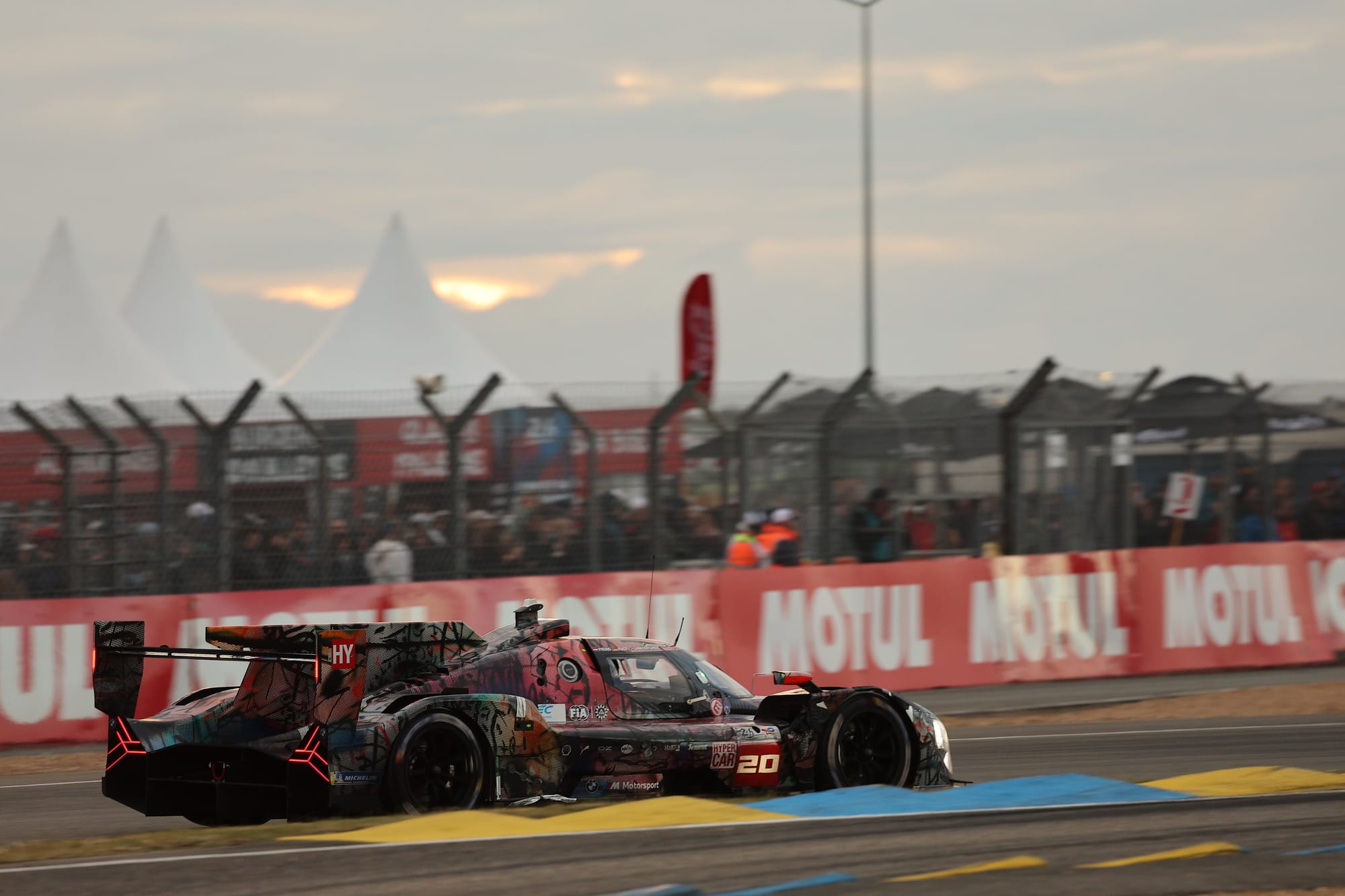
Alpine’s first 24 Hours of Le Mans with its A424 LMDh barely covered a quarter of the distance.
His No. 35 was on the lead lap in 13th position with Ferdinand Habsburg at the wheel when his engine failed spectacularly in the fifth hour.
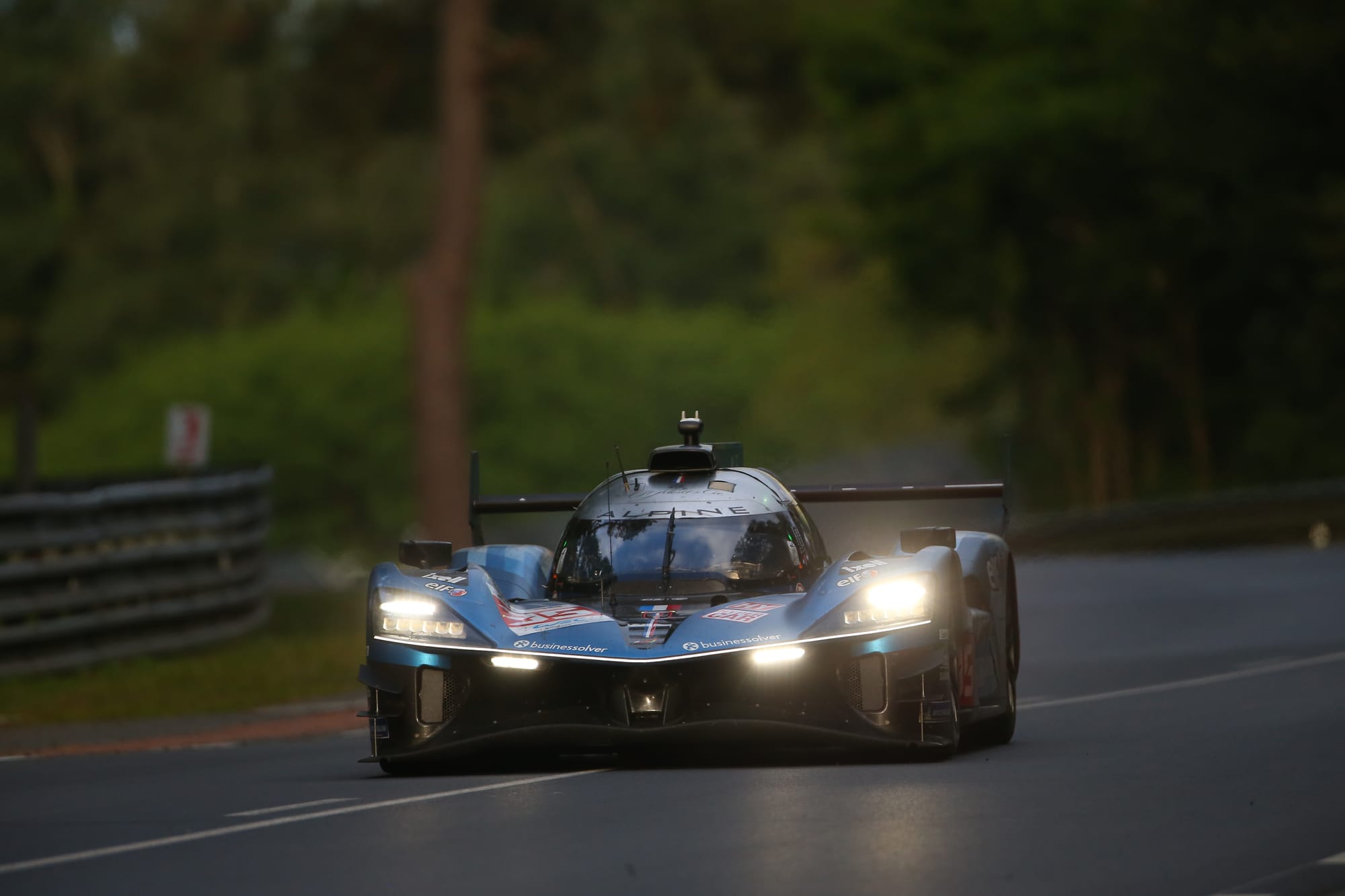
The sister car #36 was then brought to the garage by Nicolas Lapierre around an hour later, which Alpine later confirmed was also an engine problem.
Jota’s customer Porsche 963s were the last cars on the lead lap in eighth and ninth, with the #12 car of Callum Ilott, Norman Nato and Will Stevens finishing ahead of the #38 car of Jenson Button, Phil Hansen and Oliver Rasmussen .
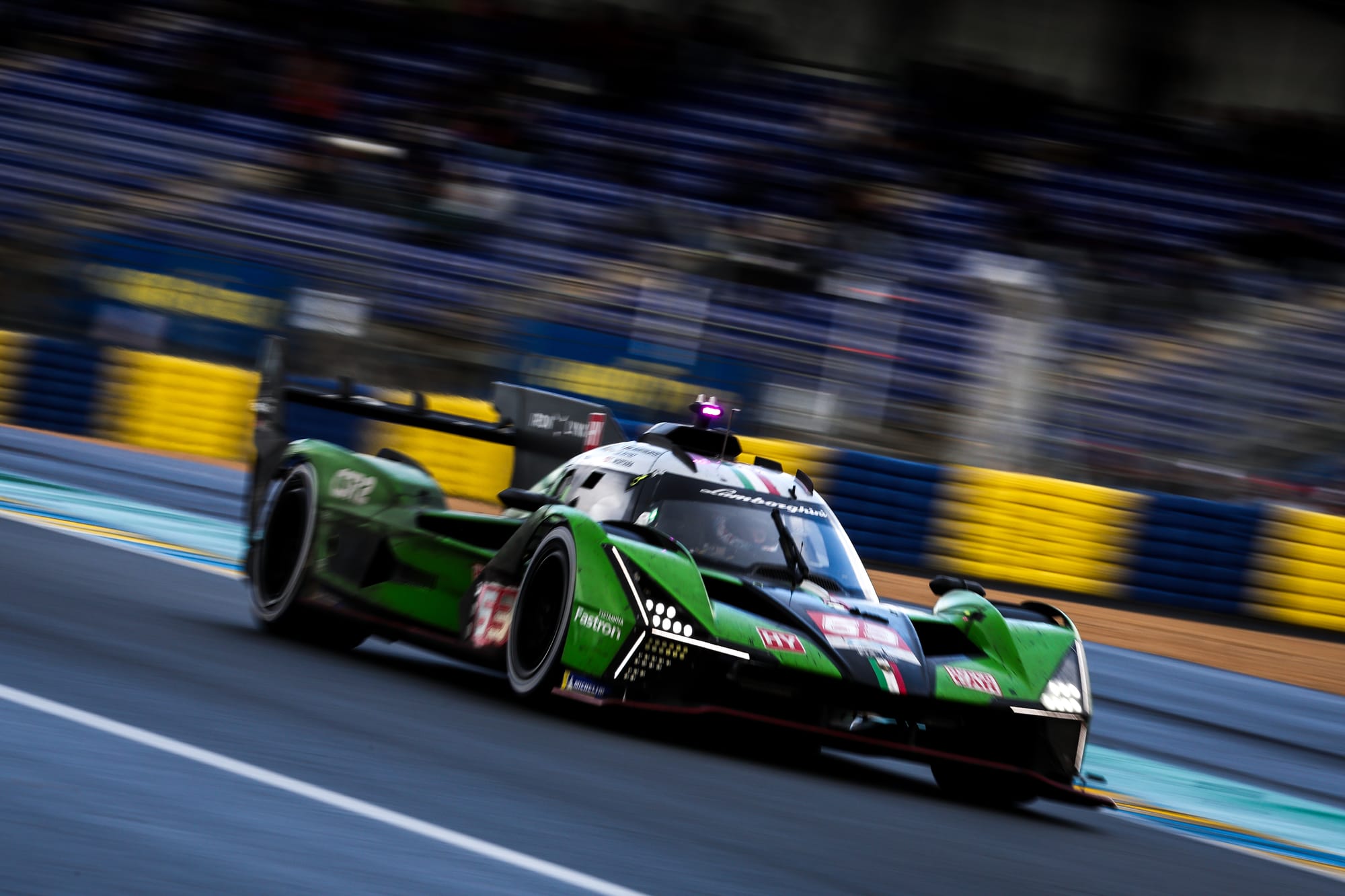
The Iron Lynx-led Lamborghini effort brought both its cars to the checkered flag two laps down on the race-winning Ferrari.
Its #63 SC63 of Daniil Kvyat, Mirko Bortolotti and Edoardo Mortara beat the best of the Peugeots – the #94 of Paul di Resta, Loic Duval and Stoffel Vandoorne – to last place in the top 10 by eight seconds.
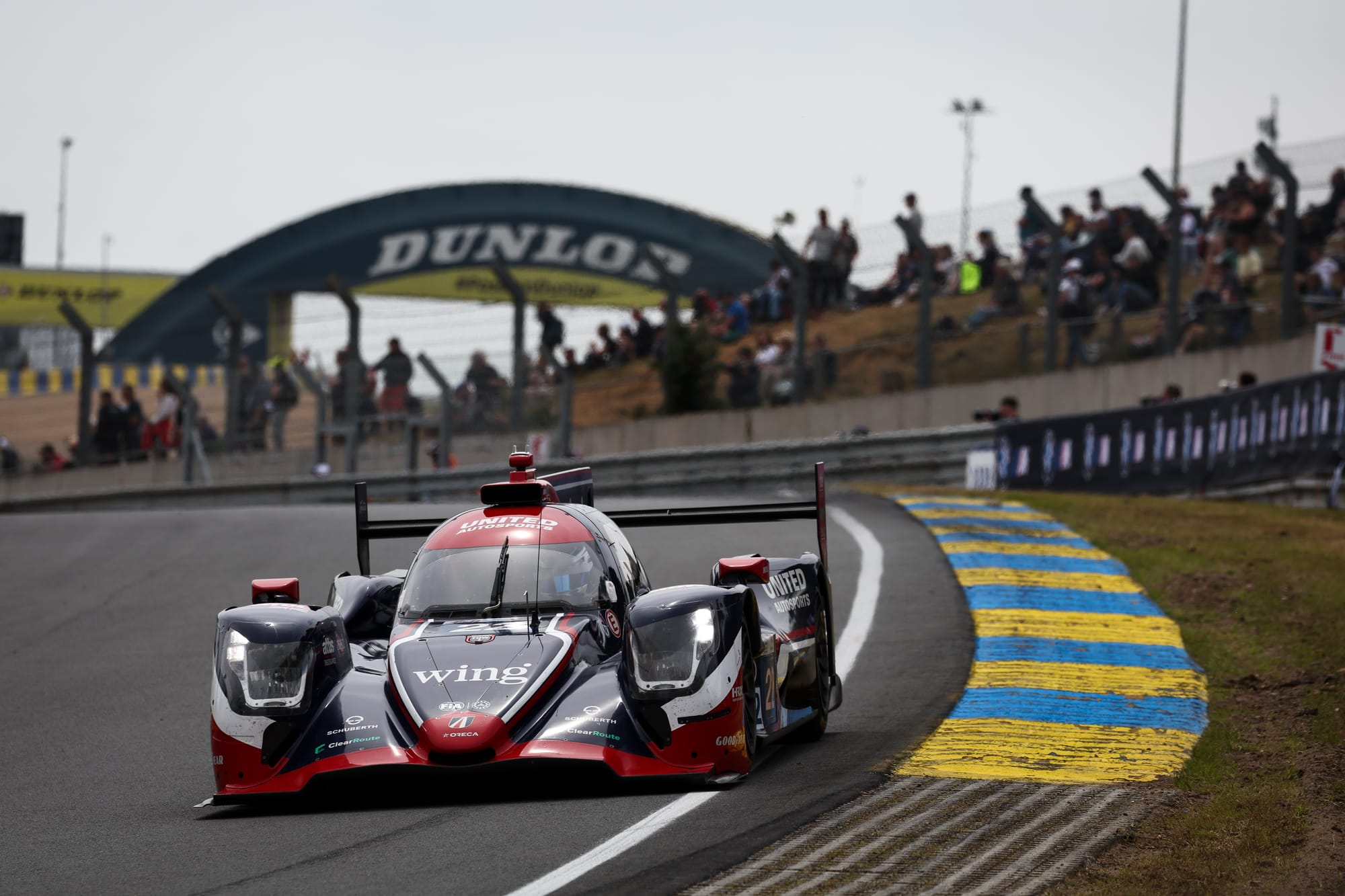
Oliver Jarvis, Bijoy Garg and Nolan Siegel gave the United Autosports team a second victory at the 24 Hours of Le Mans in the LMP2 category among Inter Europol Competition competitors.
The United Autosports crew’s margin of victory was 18 seconds at the finish, with the top five cars in class all within 40 seconds.
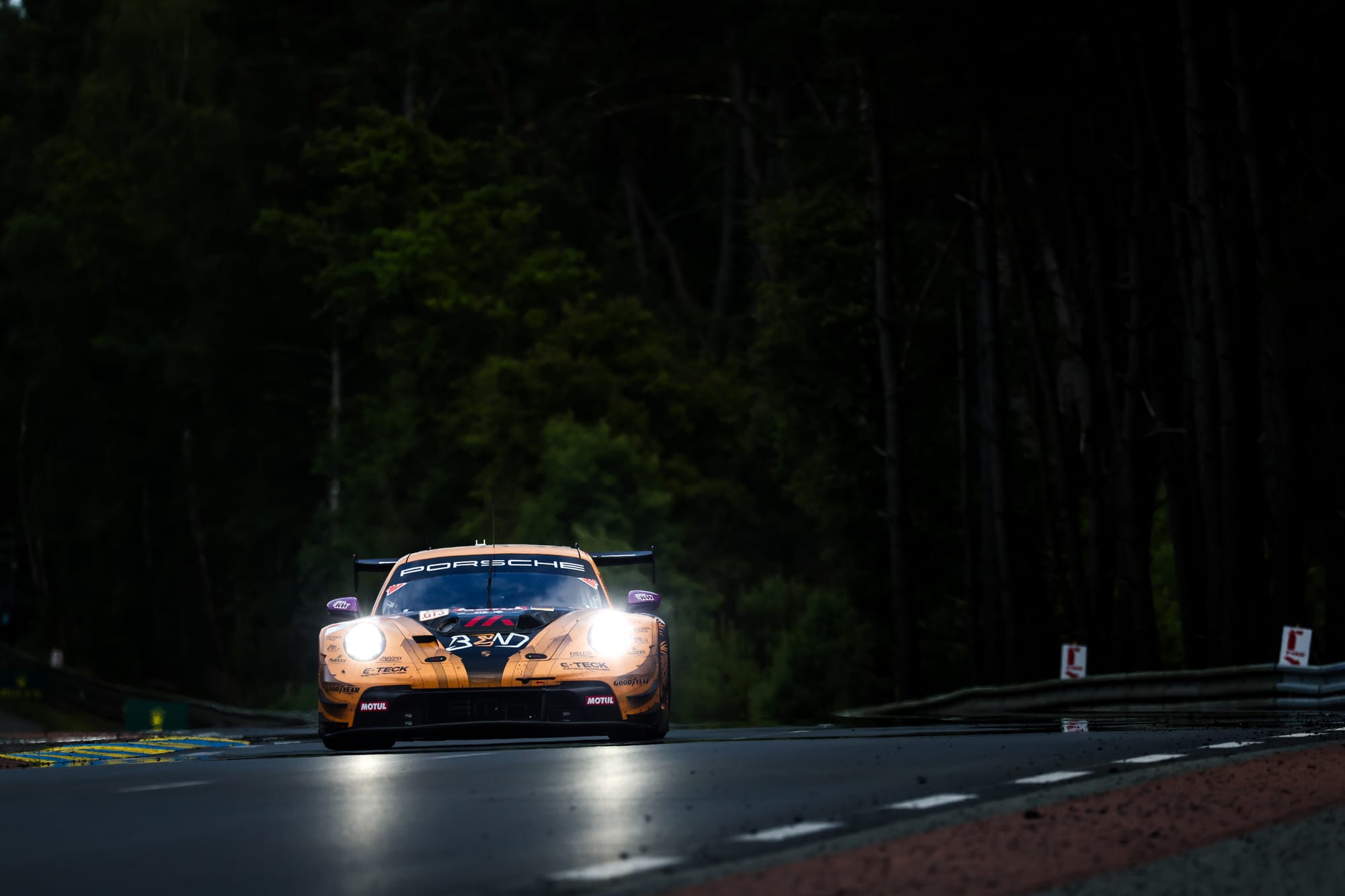
The LMGT3 category, featured at the 24 Hours of Le Mans for the first time in 2024, was won by the Manthey EMA Porsche run by sports car racing veteran Richard Lietz.
Lietz was behind the wheel at the finish and was a lap ahead of the BMW M4 WRT of Augusto Farfus.

MotoGP legend Valentino Rossi was in contention for class victory on his 24 Hours of Le Mans debut in the other WRT car, but the car he shared with Maxime Martin and Ahmad Al Harthy retired overnight. next day when Al Harthy crashed at the exit of the Dunlop chicane.

